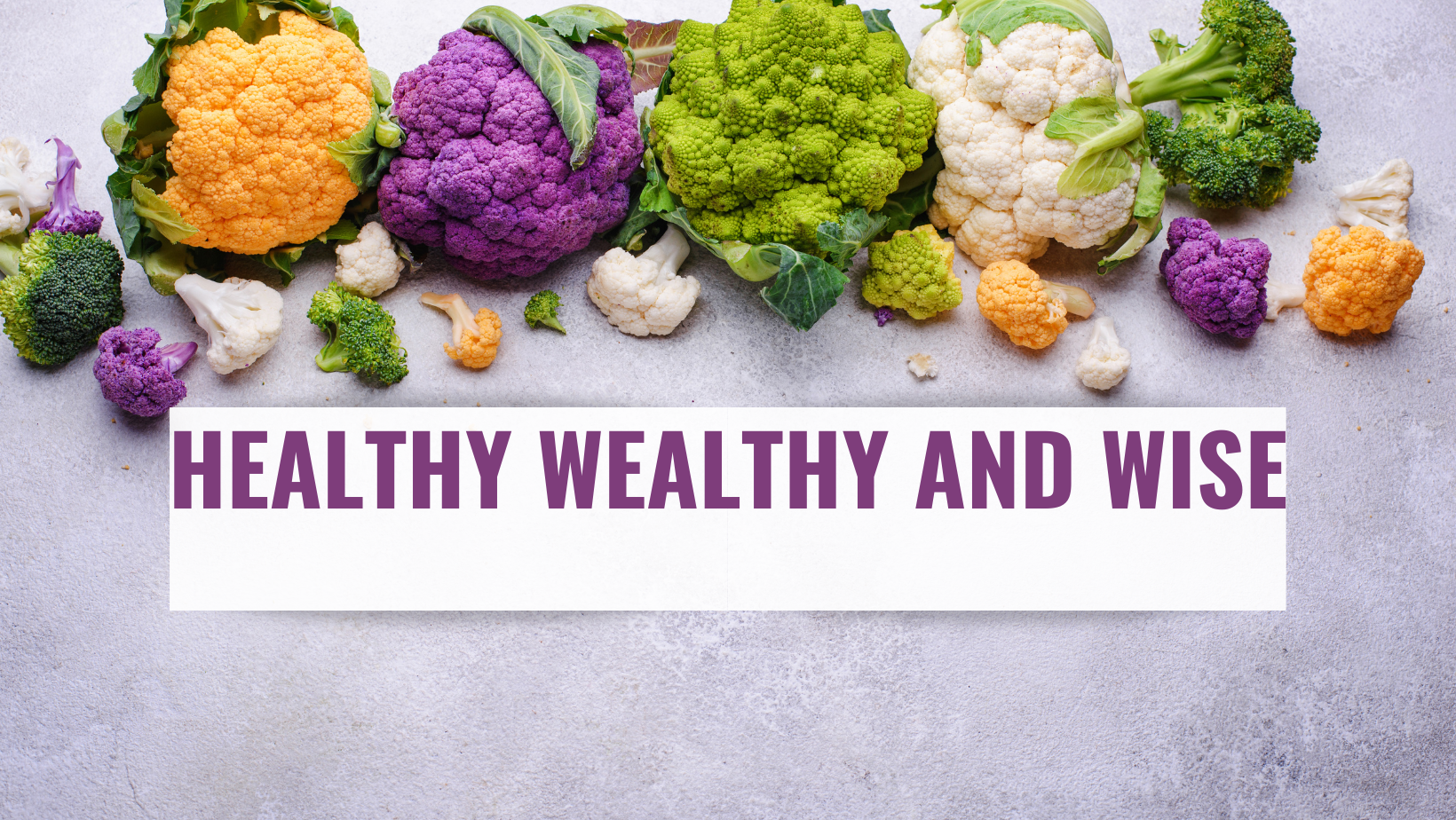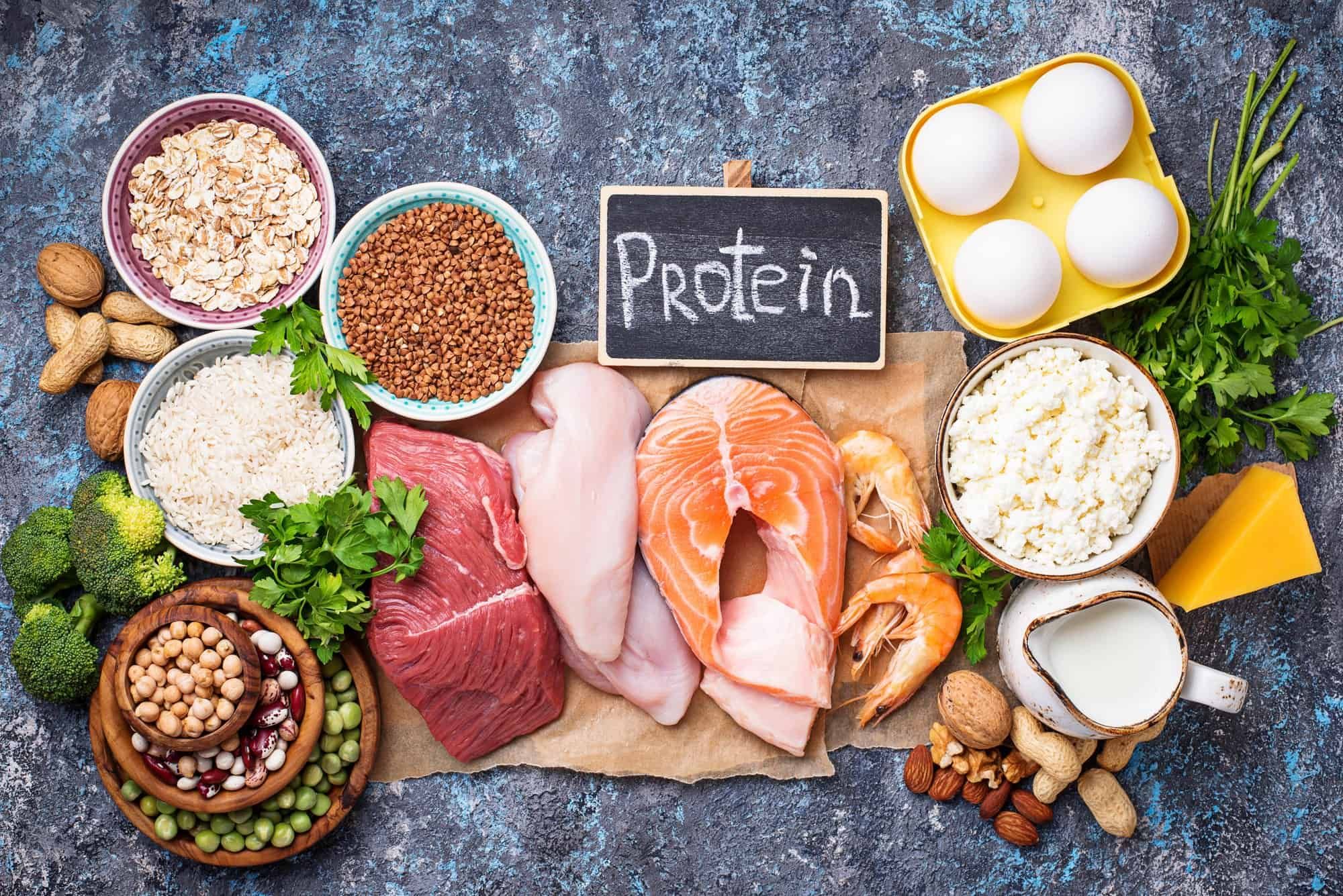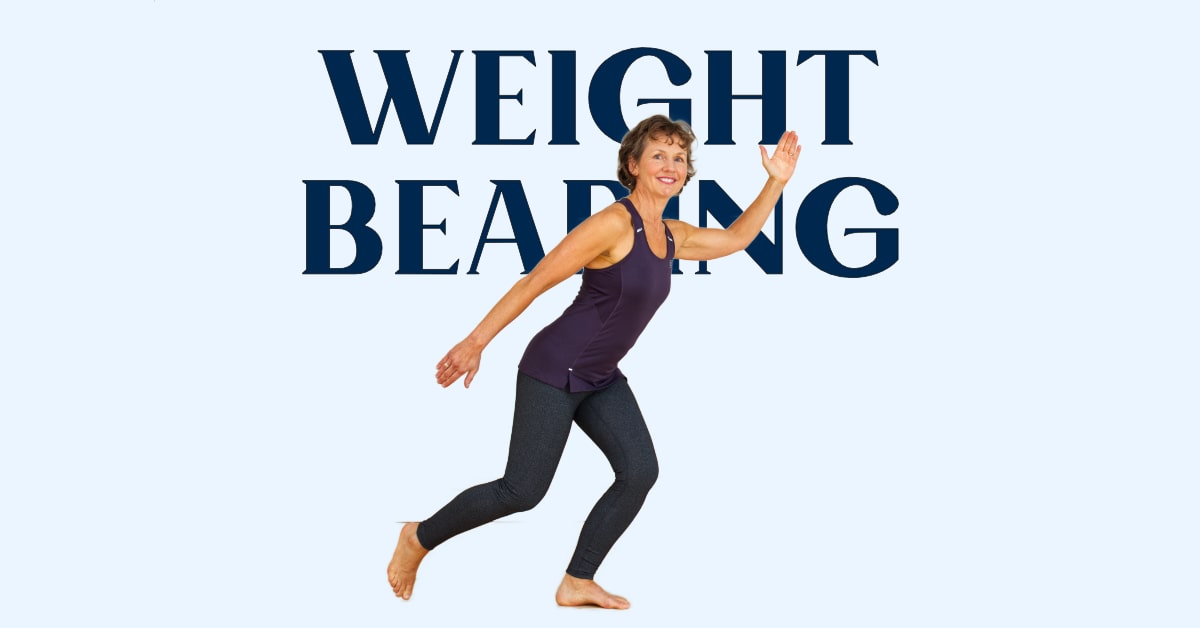Welcome to Healthy Wealthy and Wise!
Welcome to our blog site. Here you will find tips and tricks for maintaining health as we age.

Stay tuned for updates!


**Understanding Daily Protein Needs for Individuals Over 40**
As we age, our bodies undergo various physiological changes that can affect our nutritional requirements. One essential nutrient that often becomes a focal point for those over 40 is protein. Protein plays a crucial role in maintaining muscle mass, bone health, and overall wellness, making it particularly important for middle-aged and older adults. But how much protein do individuals over 40 really need daily, and what factors influence these requirements?
### The Importance of Protein After 40
Protein is a macronutrient composed of amino acids, which are the building blocks of our body's tissues. It is crucial for muscle repair, enzyme function, hormone production, and immune health. After the age of 40, the body's natural muscle mass begins to decline at a gradual rate, a process known as sarcopenia. This age-related muscle loss can lead to decreased strength, reduced mobility, and an increased risk of falls and fractures.
To combat these changes, adequate protein intake becomes essential. It helps preserve lean muscle mass, supports metabolic health, and aids in recovery from physical activities. Additionally, protein can contribute to satiety, helping to manage weight by reducing the tendency to overeat.
### Recommended Protein Intake
The Recommended Dietary Allowance (RDA) for protein for adults is generally set at 0.8 grams per kilogram of body weight per day. However, many experts suggest that individuals over 40 may benefit from a higher protein intake to counteract muscle loss and support overall health. A more appropriate range might be between 1.0 to 1.2 grams per kilogram of body weight per day for older adults, with some studies advocating for up to 1.5 grams per kilogram for those who are physically active or looking to build muscle mass.
For example, a 70-kilogram (about 154-pound) individual over 40 might aim for 70 to 105 grams of protein daily, depending on their activity level and specific health goals.
### Factors Influencing Protein Needs
Several factors can influence how much protein an individual over 40 should consume:
1. **Activity Level**: More active individuals, particularly those engaging in resistance or strength training, may require additional protein to support muscle repair and growth.
2. **Health Status**: Conditions such as kidney disease may necessitate adjustments in protein intake. It's important for individuals with health issues to consult healthcare providers when determining protein needs.
3. **Nutritional Goals**: Those aiming to lose weight or gain muscle might adjust their protein intake accordingly, often increasing protein to preserve muscle while losing fat or to support muscle hypertrophy.
4. **Gender**: Men generally have higher muscle mass compared to women, which can influence protein requirements.
### Sources of Protein
To meet daily protein needs, individuals over 40 should incorporate a variety of protein-rich foods into their diets. These can include:
- **Animal Sources**: Lean meats, poultry, fish, eggs, and dairy products are excellent sources of high-quality protein containing all essential amino acids.
- **Plant Sources**: Beans, lentils, tofu, tempeh, nuts, seeds, and whole grains can provide protein, although they may lack one or more essential amino acids. Combining different plant proteins can ensure a complete amino acid profile.
### Conclusion
For individuals over 40, maintaining an adequate protein intake is vital to support muscle health, enhance recovery, and promote overall well-being. While the general guideline suggests an intake of 0.8 grams per kilogram of body weight, many experts recommend higher amounts to address the specific needs of aging bodies. By focusing on a balanced diet that includes a variety of protein sources, both animal and plant-based, individuals can meet their nutritional needs and support their health as they age. As always, consulting with a healthcare provider or a registered dietitian can provide personalized recommendations based on individual health status and lifestyle.
**The Importance of Weight-Bearing Exercise for Those Over 40**
As we age, maintaining physical fitness becomes crucial for overall health and well-being. For individuals over 40, incorporating weight-bearing exercises into their fitness routine is particularly beneficial. These exercises not only help in maintaining muscle mass and bone density but also aid in enhancing balance, coordination, and joint health. But how much weight-bearing exercise should someone over 40 be doing? Let's explore the guidelines and benefits.
### Understanding Weight-Bearing Exercise
Weight-bearing exercises are any activities that make you move against gravity while staying upright. These exercises can be high-impact, such as running or jumping, or low-impact, such as walking or using an elliptical machine. The key is that they involve the muscles and bones working against gravity to support the body’s weight.
### Benefits of Weight-Bearing Exercises
1. **Bone Health**: After 30, bone density gradually decreases, increasing the risk of osteoporosis and fractures. Weight-bearing exercises stimulate bone formation and slow down bone loss.
2. **Muscle Strength**: Aging is associated with muscle loss, known as sarcopenia. Regular weight-bearing exercises help maintain muscle mass and improve strength, which is vital for daily activities.
3. **Joint Stability**: Strengthening the muscles around joints can improve joint stability and reduce the risk of injuries.
4. **Balance and Coordination**: Enhancing these areas can prevent falls, a common concern for older adults.
5. **Weight Management**: These exercises burn calories and can help in maintaining a healthy weight, reducing the risk of chronic conditions such as diabetes and heart disease.
### Recommended Exercise Guidelines
The American College of Sports Medicine (ACSM) and other health organizations provide general guidelines for exercise in adults, including those over 40:
1. **Frequency**: Adults should engage in weight-bearing exercise at least 3 to 5 times per week. Consistency is key to reaping the benefits.
2. **Intensity**: The intensity can vary based on individual fitness levels. Beginners may start with low-impact activities like walking or using a stair stepper, while more conditioned individuals might incorporate jogging, hiking, or aerobic dance.
3. **Duration**: Aim for 150 minutes of moderate-intensity exercise each week, which can be broken down into 30-minute sessions five days a week. Alternatively, 75 minutes of vigorous-intensity exercise can suffice.
4. **Type**: Incorporate a mix of activities. For example, you can alternate between brisk walking, hiking, and strength training exercises like squats or lunges.
5. **Progression**: Gradually increase the intensity, duration, and frequency of your workouts to continue challenging your body and improving your fitness level.
### Tips for Starting a Weight-Bearing Exercise Routine
- **Consult a Professional**: Before starting any new exercise regimen, it's wise to consult with a healthcare provider or fitness professional, especially if you have pre-existing health conditions.
- **Warm-Up and Cool Down**: Always start with a warm-up to prepare your body and reduce the risk of injury. Cooling down helps with recovery.
- **Listen to Your Body**: Pay attention to your body's signals. If you experience pain or discomfort, modify the exercise or consult a professional.
- **Stay Hydrated and Eat Well**: Proper nutrition and hydration support your exercise routine and overall health.
Incorporating weight-bearing exercises into your routine after 40 is a powerful way to maintain your health and vitality. By following these guidelines and listening to your body, you can enjoy the many benefits these exercises offer and continue to lead an active, healthy life.